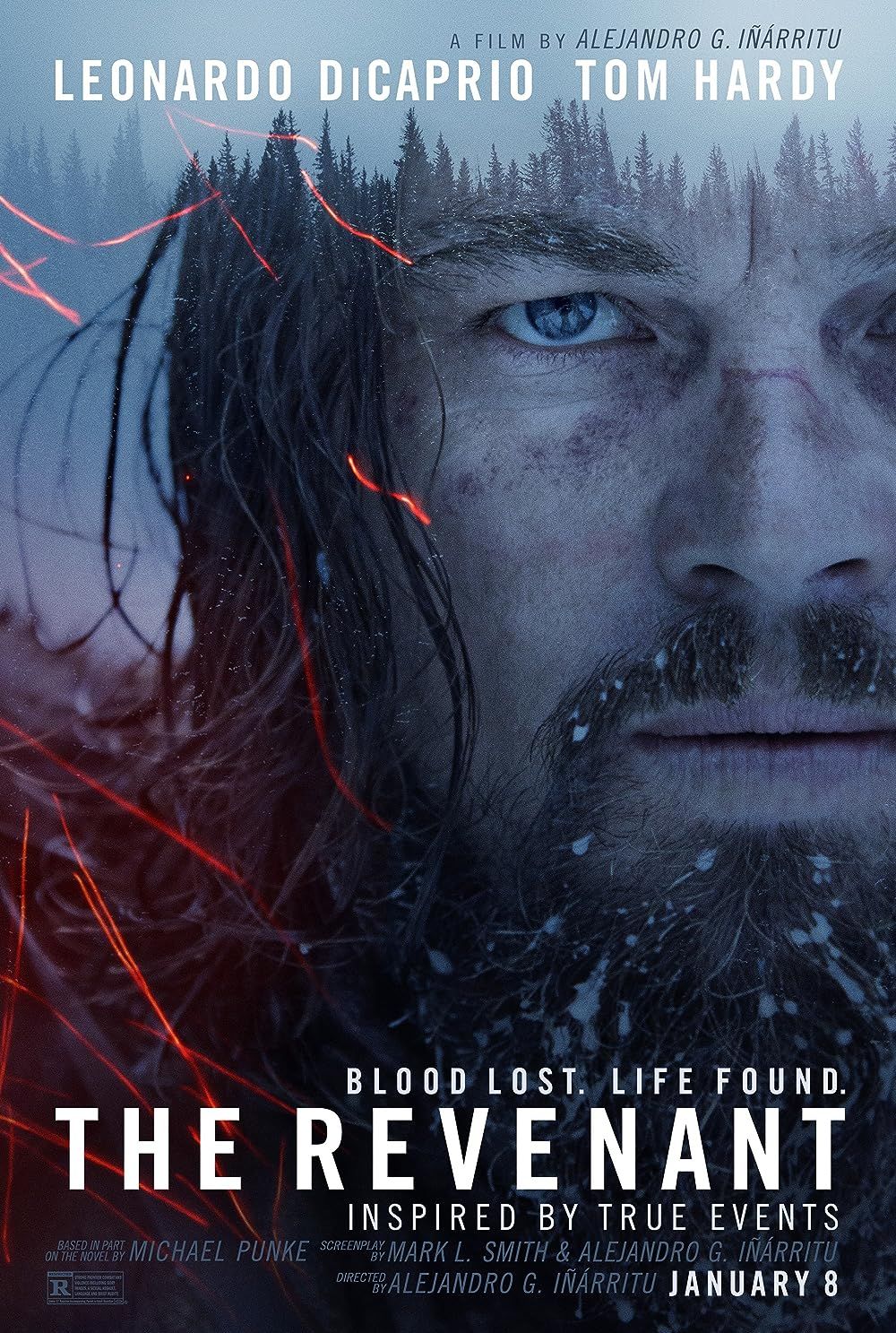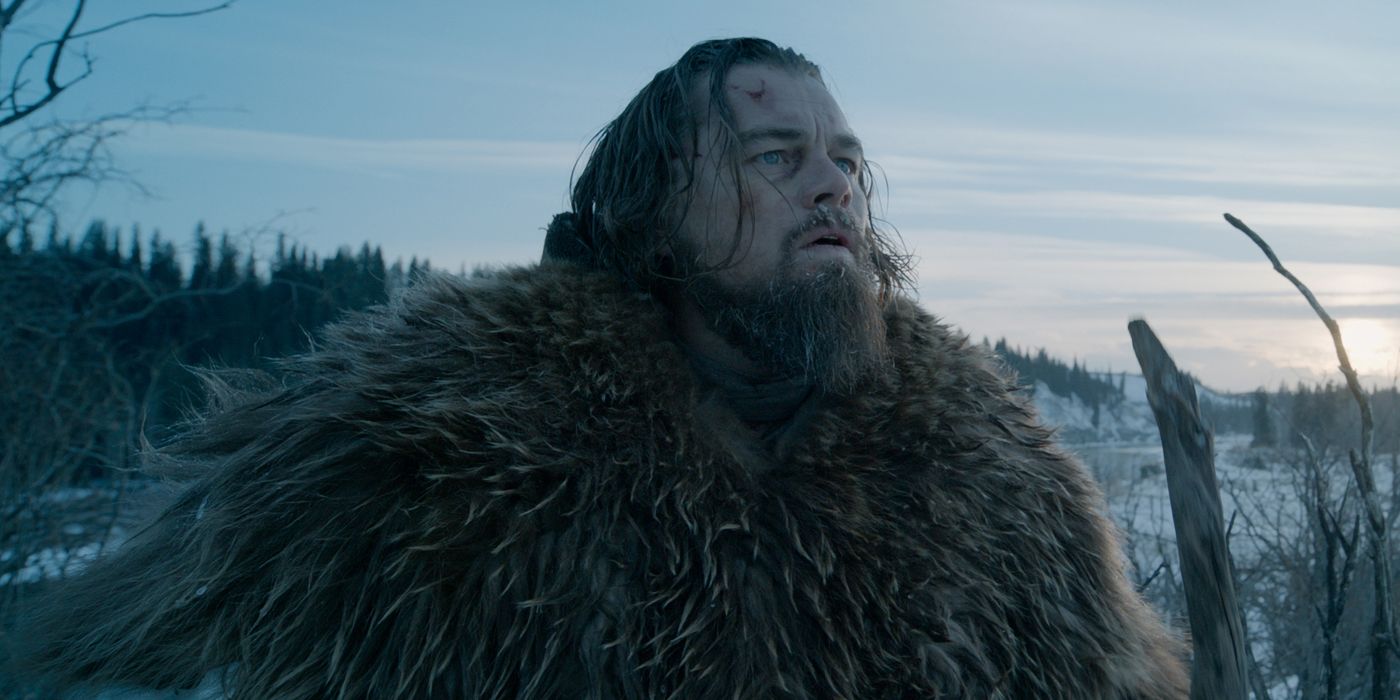The Big Picture
- Alejandro G. Iñárritu pushed the boundaries of filmmaking with Birdman and The Revenant, both shot in unique and challenging ways.
- The Revenant faced numerous obstacles during production, including shooting in extreme conditions and going over budget.
- Despite the challenges, The Revenant defied expectations and became a critical and commercial success, earning multiple Oscars.
Having helmed acclaimed character-driven films like Amores Perros, 21 Grams, Babel, and Biutiful, Alejandro G. Iñárritu emerged as a formidable force on the world stage of filmmaking. But he was only getting warmed up as his next two projects, shot and released back-to-back, pushed the cinematic envelope in exciting new directions regarding technique. With 2014's Birdman, which earned him Oscars for producing, directing, and writing, Iñárritu pulled off the undoubtedly painstaking task of crafting a narrative that seemingly played out in one continuous shot, putting frequent collaborator Emmanuel Lubezki's photographic mastery to meticulous and jaw-dropping use.
The following year, however, the ambitious filmmaker embarked on the even more daring challenge of bringing The Revenant to the screen. From filming in extreme locations to a ballooning budget and an extended shooting schedule, the 2015 survival epic would prove the most grueling undertaking of Iñárritu and star Leonardo DiCaprio's respective careers. In hindsight, it's not only a miracle that The Revenant was completed, but also that it went on to be a massive success despite a fraught and logistically nightmarish production.

The Revenant
A frontiersman on a fur trading expedition in the 1820s fights for survival after being mauled by a bear and left for dead by members of his own hunting team.
- Release Date
- December 25, 2015
- Director
- Alejandro González Iñárritu
- Cast
- Tom Hardy , Domhnall Gleeson , Leonardo DiCaprio , will poulter , Paul Anderson , Lukas Haas
- Runtime
- 156
- Main Genre
- Drama
- Writers
- Mark L. Smith , Alejandro González Iñárritu , Michael Punke
- Studio
- 20th Century Fox
Why Did 'The Revenant' Take So Long To Make?
Inspired by Michael Punke's novel of the same name, The Revenant entered development in the early 2000s. According to The Hollywood Reporter, among the first filmmakers attached to the project was Oscar-winning screenwriter-turned-producer and director Akiva Goldsman working from a screenplay by Dave Rabe. After years of delays, with various filmmakers and actors coming and going, Alejandro G. Iñárritu joined the project in 2011 and had discussions with Leonardo DiCaprio and Sean Penn.

‘The Revenant’s Strength Comes in the Film’s Quiet Moments
Alejandro González Iñárritu's survival film is at its best in its more of a silent character study.Teaming up with writer Mark L. Smith, who wrote his first draft of The Revenant in 2010, Iñárritu went to work revising the script, and it was quickly made apparent to Smith that the filmmaker's vision for the project bordered on the impossible. "He would have some ideas and I would say, 'Alejandro, we can’t pull this off. It’s not going to work,'" Smith told Creative Screenwriting. "And he would say, 'Mark, trust me, we can do this.'" After developing The Revenant for months, however, Iñárritu jarringly shifted tonal gears and went to work on the comedy-drama Birdman, though he would return to the period epic in short order.
Shooting 'The Revenant' Pushed Its Cast and Crew to Their Limits
After scoring big at the Academy Awards with Birdman, Alejandro G. Iñárritu confirmed The Revenant would be his next directorial effort. According to Variety, the film was slated to cost $60 million and would shoot in remote Canadian locations beginning in September 2014. Aside from the grueling logistics inherent to shooting on-location and in extreme conditions, Iñárritu's decision to shoot The Revenant in chronological order and use natural light would ultimately compound the challenges that lay ahead. Shooting with natural light meant the work that could be accomplished in a day would be severely limited, requiring the actors and crew to repeatedly rehearse carefully choreographed action and complex, lengthy shots that maximized available light.
Despite extensive preparation, Iñárritu allowed for spontaneity and experimentation as he and his cast and crew raced against the clock. One crew member recalls in an article from The Hollywood Reporter, "It's 4 o'clock, and you've got an hour and a half of daylight, and it's not the light he wants to shoot in. If you want to seamlessly stitch the footage together, it's not going to match." Such an approach to shooting a $60 million film inevitably meant costs would skyrocket, and its original schedule could not be maintained. In addition, Iñárritu's uncompromising vision led to numerous crew members quitting or being fired. "As a director, if I identify a violin that is out of tune, I have to take that from the orchestra," said Iñárritu of his attention to detail. The director's insistence on getting what he wanted also caused a rift with producer Jim Skotchdopole, who, according to The Hollywood Reporter, was eventually removed from the set after allegations of miscommunication with Iñárritu.
Filming in rural Canada during the winter and spring seasons also presented challenges in terms of weather. "Everybody was frozen, the equipment was breaking," Iñárritu remembers. "To get the camera from one place to another was a nightmare." Ironically, as a film shot primarily outdoors and reliant on certain conditions, a lack of snow in Canada pushed The Revenant's schedule and budget further and higher than anyone could have expected. In August 2015, a mere four months before the film was due to hit theaters, Iñárritu and his collaborators traveled to the southern tip of Argentina, blanketed with snow, to shoot a climactic sequence involving Leonardo DiCaprio and Tom Hardy's characters. "It was the most difficult film, I think, that any of us has ever done," DiCaprio told Variety. When all was said and done, the film's shooting schedule extended months longer than originally anticipated, and its budget had more than doubled to a reported $135 million. It's safe to assume everyone involved with the ambitious production held their collective breath as The Revenant approached its theatrical release.
'The Revenant' Was a Critical and Box Office Success
According to Vulture, the notion of The Revenant scoring big at the box office seemed unlikely. In a cinematic era increasingly reliant on franchise filmmaking and established IP, a $135 million drama with no prospects of a sequel or merchandising was quite a gamble. With early projections for its opening weekend hitting the $20-$24 million mark, the film's financial and studio backers feared they may have a box office bomb on their hands. But after playing in limited theaters for two weeks, The Revenant defied expectations when it brought in nearly $40 million over the first weekend of its wide theatrical release. In a jam-packed holiday lineup that included formidable competition like Star Wars: The Force Awakens, The Revenant continued its impressive run with only a 20% drop in its second weekend and continued performing consistently well for the next two months, ultimately capping its domestic run with $183 million and a global haul of $532 million.
Aside from its runaway success with audiences, The Revenant was a major hit with critics, who were unanimous in their praise of Leonardo DiCaprio's lead performance and Tom Hardy's sinister supporting turn. After failing to take home the coveted Academy Award for Best Actor three times since 2004's The Aviator, DiCaprio finally secured a well-earned win for his role as Hugh Glass, while fearless leader Alejandro G. Iñárritu took home his second consecutive Oscar for Best Director and Emmanuel "Chivo" Lubezki won a third Oscar for Best Cinematography. Hindsight may be clear as day, but after the months-long shoot chock-full of logistical headaches and seemingly impossible creative aspirations, the idea that The Revenant would be vindicated and championed in such a massive way was anything but a foregone conclusion. Perhaps Iñárritu said it best when he told The Hollywood Reporter, "When you see the film, you will see the scale of it, and you will say, 'Wow.'"
The Revenant is available to stream on Max in the U.S.

